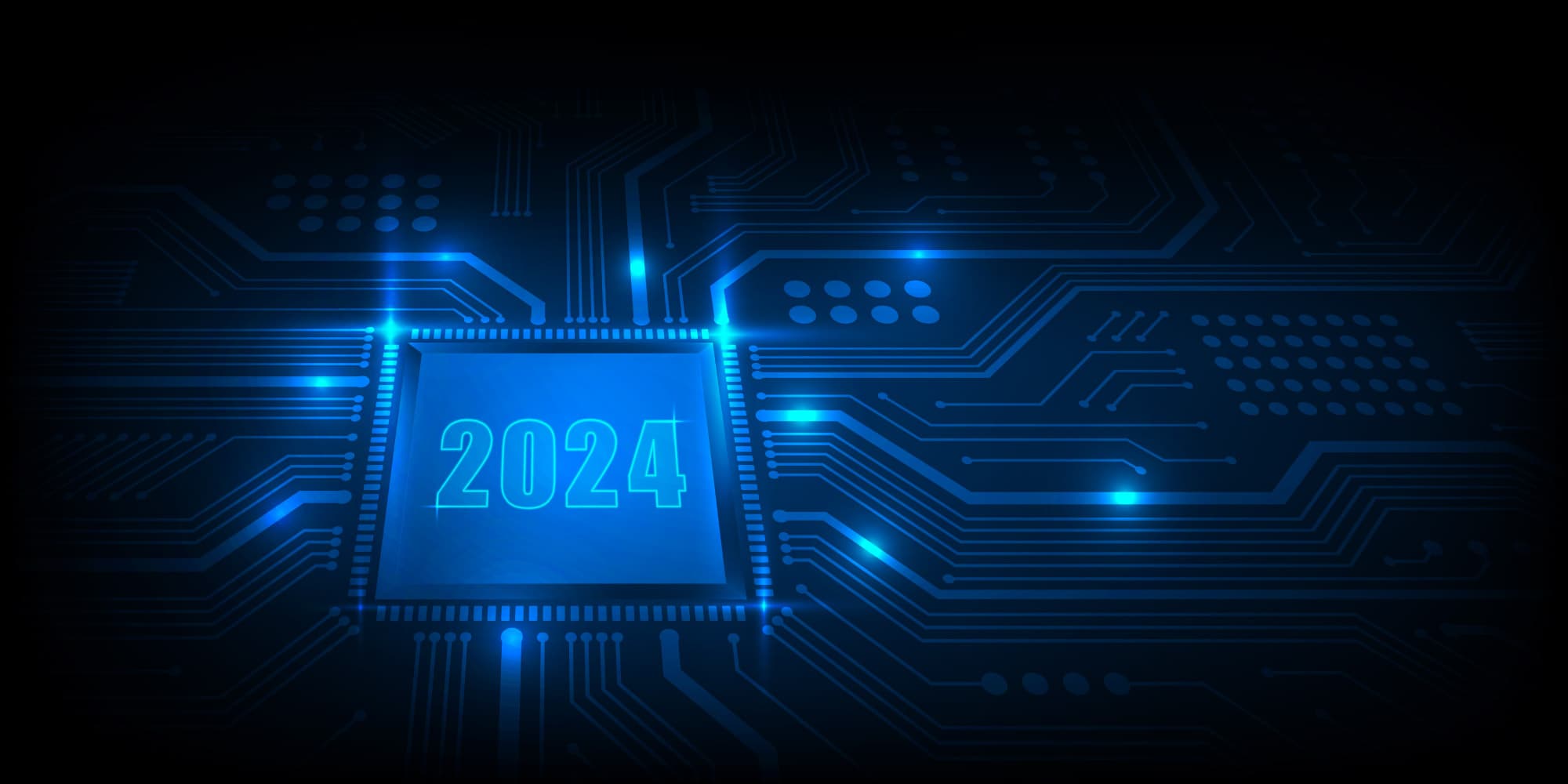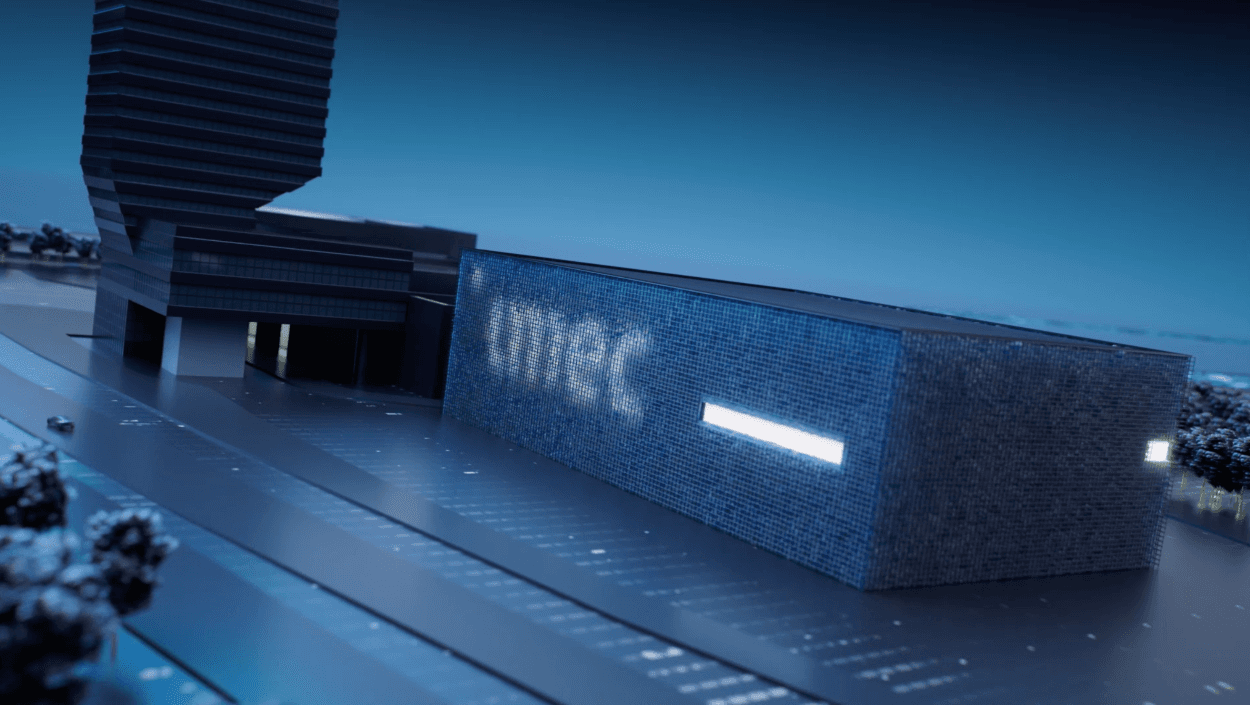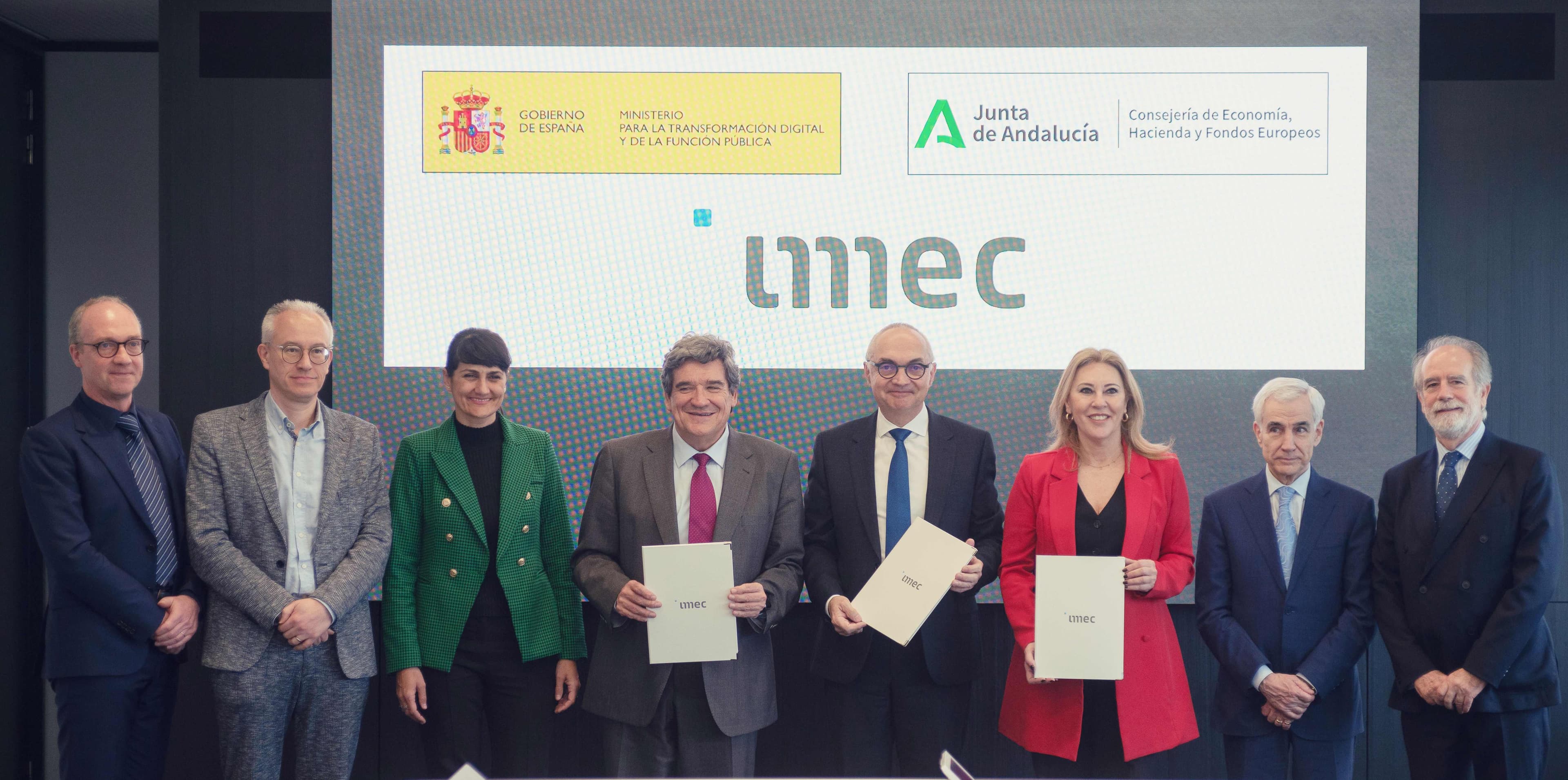CES 2018: imec announces important next steps in stress, emotion and disease detection
As part of its imec.ichange research program (which aims to stimulate and encourage healthier lifestyles using wearable technology), imec announced at this year’s Consumer Electronics Show (CES) in Las Vegas that it has collected the largest multi-sensor dataset worldwide on stress detection. Imec’s ‘Stress in the Work Environment’ (SWEET) study captured data from more than 1,000 people and is the first large-scale study that used clinical-grade wearables to establish the link between mental stress and physiological symptoms in daily life.
Moreover, imec demonstrated a prototype of an electroencephalogram (EEG) headset that measures emotions and cognitive processes in the brain – representing a major breakthrough in emotion measurement for therapeutic, learning and gaming applications.
And did you miss out on Chris Van Hoof’s talk on how to fight chronic disease using micro-wearables for nanodiagnostics? Check out the 15-minute speech of imec’s Connected Health Solutions R&D Lead here.
Imec introduces hyperspectral imaging breakthroughs at SPIE Photonics West
At SPIE Photonics West, imec demonstrated its very first shortwave infrared (SWIR) range hyperspectral imaging camera. Imec’s SWIR camera integrates CMOS-based spectral filters together with InGaAs-based imagers, thus combining the compact and low-cost capabilities of CMOS technology with the spectral range of InGaAs. As the SWIR range provides discriminatory information on all kinds of materials, this new camera paves the way to hyperspectral imaging applications in food sorting, waste management, machine vision, precision agriculture and medical diagnostics.
In the hyperspectral realm as well, imec presented its second-generation high-speed SNAPSCAN camera, a proprietary imec concept that combines a high signal-to-noise ratio and high spatial and spectral resolutions with the user-friendliness of a snapshot hyperspectral imaging camera. Imec’s second-generation hyperspectral camera uses an ultrasonic speed piezo motor stage and innovative software to enable the acquisition of high resolution hyperspectral images in less than 200ms. It will enable imec’s partners to develop consistent spectral libraries and customized solutions faster than ever, and this for a wide range of new (medical) applications.
First imec open.minds event rallies close to 1,000 imec colleagues in Brussels
At the very end of December, close to 1,000 imec colleagues from across the organization gathered in Brussels to get a roundup of how imec performed in 2017 and to get a good perspective on the technological challenges imec plans to tackle in the next couple of months.
But, first and foremost, the open.minds event aimed at putting the continuous commitment of the imec employees center stage – with 13 teams receiving a much-valued open.minds award in categories as diverse as “Operational Excellence”, “Scientific Recognition” and “National & International Media Coverage”.
Do you have what it takes to receive one of the 2018 open.minds awards? We’re constantly looking for the next generation of ‘Forward Thinkers’ to join our ranks! Check out imec’s job opportunities here.
Imec puts its cell therapy technology center stage at the Precision Medicine World Conference
At the Precision Medicine World Conference, Liesbet Lagae (Director Life Science Technologies at imec) gave a talk on how imec technologies help streamline immunotherapy workflows – using silicon chip technology to build fully integrated solutions that combine microfluidics, photonics based biosensors, PCR, and single cell manipulation.
Interested in learning more about the imec technologies that will function as the building blocks for bioprocessing and the delivery of future, personalized therapies? Download imec’s brand-new white paper on how nanoelectronics drives accuracy, improves turnaround times and increases yields in cell therapy workflows here. Or check out our totally revamped life sciences web pages.
New imec.digimeter comes with a tool to map your mobile DNA
Did you know six in ten Flemish smartphone users impose rules on themselves to keep their smartphone usage under control? That is one of the conclusions of the new imec.digimeter report that inquired more than 2,300 Flemings about their digital habits. The latest survey shows that smartphones and computers have become an indispensable part of our lives, that the use of digital services continues to boom, and that digital dependency is rising – especially among those in their 20s and 30s. In other words: the end of the ‘digibesity’ phenomenon is not yet in sight. Hence, the imec.digimeter researchers have now expanded their yearly study with a 'Mobile DNA' app that allows anyone to map – and get a better understanding of – his or her media usage. More about the imec.digimeter here.
Published on:
1 February 2018














